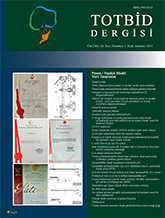
Non-union of fractures about the femoral neck and intertrochanteric hip regions is uncommon. Patients who develop non-unions of these fractures typically exhibit marked pain and disability. Factors that guide the choice of salvage treatment include the anatomic site of the non-union, the quality of the remaining proximal bone and articular surface, patients` age and activity level. In younger patients with a well-preserved hip joint, treatment typically involves revision internal fixation with or without osteotomy or bone grafting. However, arthroplasty is frequently used as a salvage option in the treatment of elderly patients. With respect to salvage procedures for the femoral head, the major challenges in decision making include the choice of both internal fixation device and accurate preoperative planning. The challenges involved in planning to convert to hip arthroplasty include the need for acetabular resurfacing, selecting the femoral implant, and managing discontinuity of the greater trochanter.